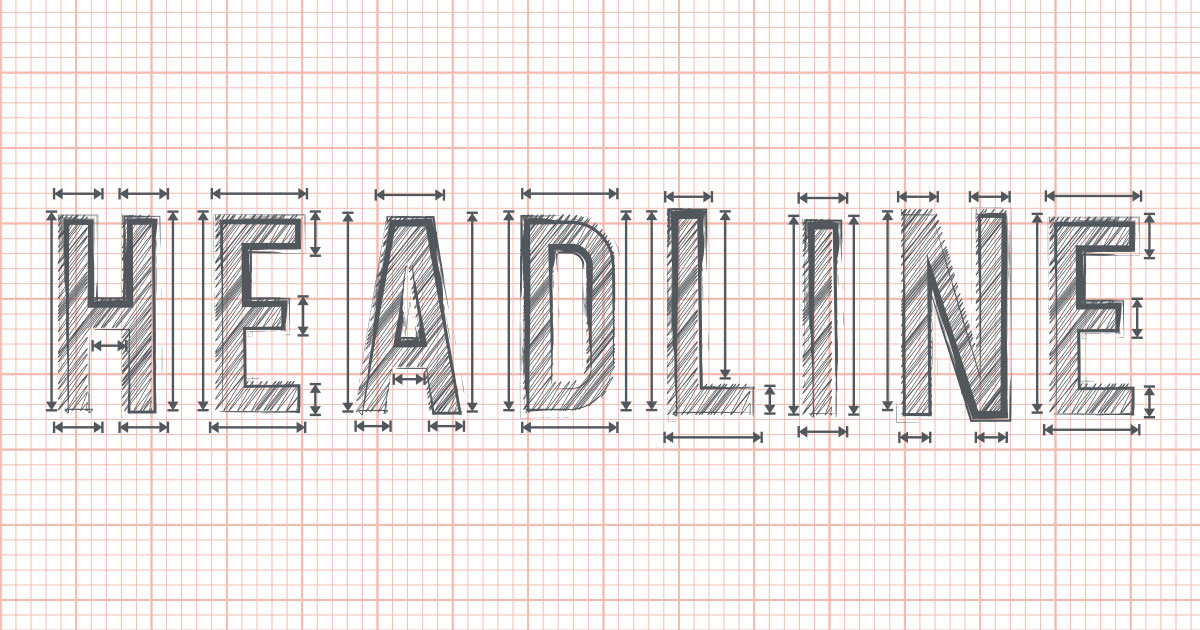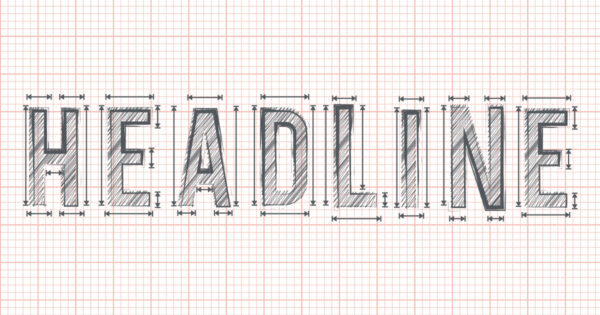Headlines are an essential and critical component of any media content. This is well understood; it’s not frequently that you catch glimpses of articles, be it online or print, that are just “namelessly” dwelling among the pages.
In an information paradigm where access to novel knowledge is literally immediate and boundless, taking your headline for granted could be the mistake that costs you exposure, readership, and advertisement revenue simply because this first impression means everything – it’s the make-or-break moment – where single glances drive instant judgments of whether your content is deemed worthwhile. Today, you’re competing with Orange is the New Black and forty-five second clips of cats doing anything. The struggle is real, people. As content creators, it’s our responsibility to take the time and hone the craft of the compelling headline.

Before moving on, it feels necessary and responsible to first discuss a present trend within online media – the “click-bait” article. Click-bait articles are an issue to deal with in terms of content creation. On the one hand, they are just barely the perfect combination of simplicity and intrigue. But on the other hand, they are also a shameless gimmick – the product of an advertisement-driven revenue model and often vapidly devoid of content. It’s this hand that slaps the reader in face as they arrive at your article and find that they’ve basically been conned out of their time. For that reason click-bait is quickly falling out of vogue, with readers and writers, and I’d caution any client to approach a click-bait driven content model with weariness and caution. Initially you may retain a steady volume of page-views but ultimately your retained readership will wither away.
What does @WNFIV think of the tech firms in downtown Raleigh? You won't believe what he says! http://t.co/iBr1lQqfUD
— Walk West (@walkwest) April 14, 2015
The above tweet is an example of click-baiting – one that we did in fun and jest.
That said, let’s return to the pressing issue: constructing a quality headline. Our end-game is obvious – draw in the reader. But how do we do that? How do we go beyond a cursory view and really convince the viewer to give our content the time it deserves? There are a few key guidelines that can help structure our titles:
- Minimalism is your ally. In all writing, if it can be said best with five words rather than eight, do so.
- Capitalize on details. Your content cannot be generic to hold the reader’s interest for long, and lurking in those well-defined, nourishing details is a headline unique enough to stand out in your reader’s mind. Rely on the meat of what you’ve written to drive your headline.
- Set the tone. Capture the mood and pace of your article and convey it. Whatever pathos you’re attempting to evoke from your audience, this is the moment to make it happen. You’ve armed yourself with the specificity drawn from your article’s body content, now you recapture that entire atmosphere and lay it down in your headline.
- Disclose just barely enough. Your headline needs to convey a discrete message pertaining directly to the information in the article. This should be easy, since (as mentioned above) you’re drawing on one clear, well-defined detail to set the tone. But, give away too much and the reader may feel as though the rest of the article is excess. They need to be enticed, and that only happens if they’ve been withheld the goods.
- Be clear and explicit. Misleading your audience before you’ve begun the conversation is going to eliminate any chance to build trust or a desire to return for more information.
- Know your audience. A lot of the suggestions above will help you construct a creative, imaginative title that will leave your audience curious. Is that what they want? Or rather, what they’re expecting? If you’re creating content for a peer-reviewed medical journal rather than a blog about weekend festivities in downtown Raleigh, your audience may be far more interested in lengthy, descriptive titles that says it all about your paper.
Beyond these simple suggestions, the chief objective to keep in mind is that you’re trying to evoke a feeling, not a thought. You’re not trying to get inside your reader’s mind with your headline. The reaction has to be in their gut, and these guidelines help to create that feeling of gravitas to pull them in.
Whether it’s manic excitement or blatant disgust, if you can put your read in the scene in a sensory way that grips them then you’ve created the motivating force to get them to find more. The best and simplest advice is “show, don’t tell.” Doing this with your headline is a challenge, but it can be done: play with sound and structure to create notes of emphasis, provide a sensory “anchor” with just one word that drops your reader into the article, and generate uniqueness with specificity.

